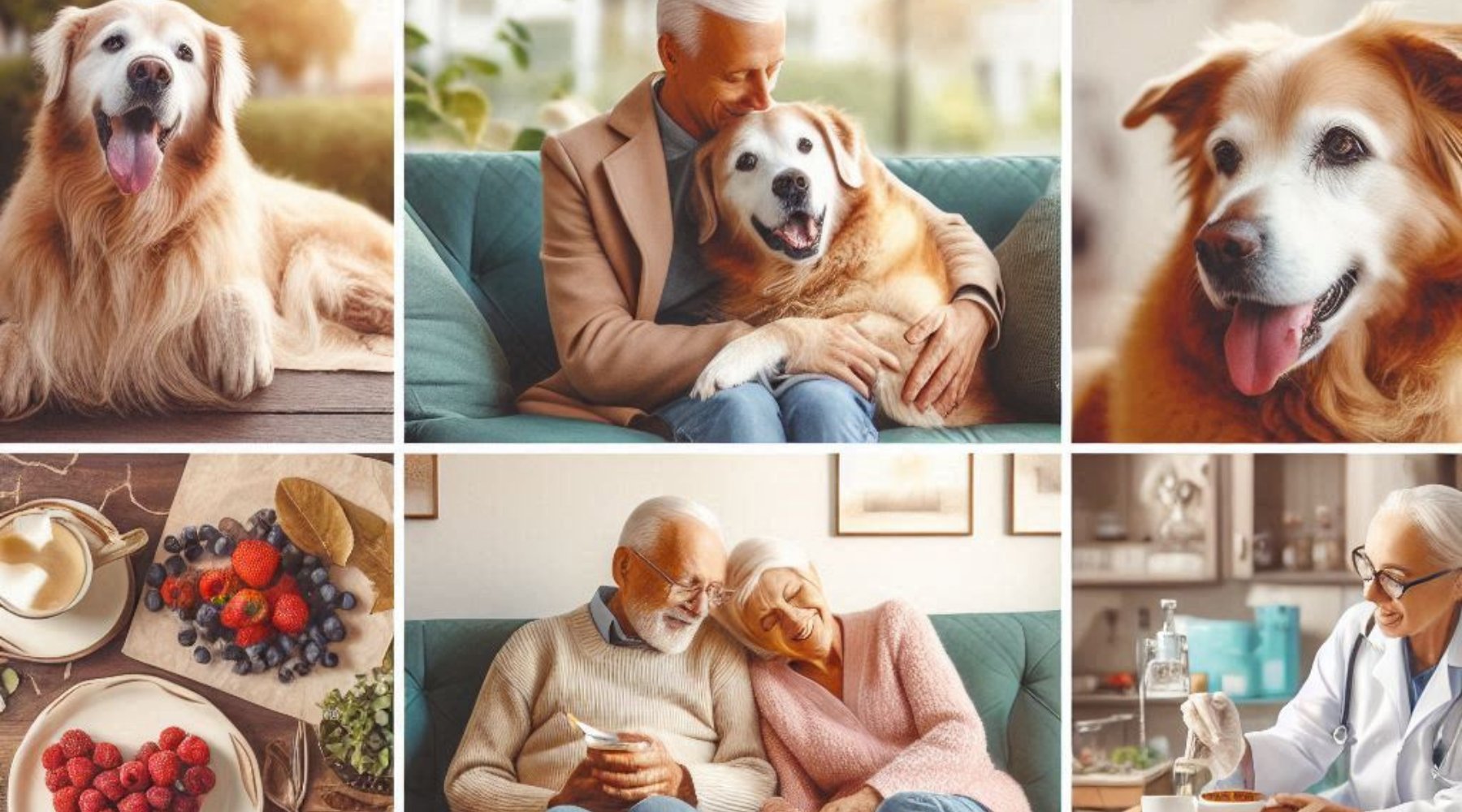
Decoding Canine Communication: Understanding Your Dog's Body Language
Dogs are incredible communicators. While they may not speak our language, they express themselves through a rich tapestry of body language, enabling us to decipher their thoughts and emotions. Understanding your dog's cues not only fosters a deeper connection but also ensures their well-being. In this guide, we'll delve into the intricacies of canine body language, deciphering common signals of stress, anxiety, and happiness, and offering tips on improving communication and strengthening your bond.
Reading the Signs: Deciphering Canine Body Language
1. Posture and Movement:
A dog's posture and movement speak volumes about their state of mind. A relaxed dog typically stands or sits with a loose, fluid posture, while a tense dog may stand rigidly or crouch with their weight shifted backward.
2. Facial Expressions:
Just like humans, dogs convey emotions through their facial expressions. A wagging tail doesn't always signify happiness; it's essential to consider the context and other facial cues. Relaxed eyes, open mouth with a slightly lolling tongue, and ears in a neutral position indicate contentment.
3. Tail Wagging:
While tail wagging is often associated with joy, its meaning can vary depending on the wag's speed, height, and accompanying body language. A slow, low wag may indicate uncertainty or insecurity, while a fast, high wag suggests excitement or arousal.
4. Ear Position:
A dog's ears are incredibly expressive. Forward-facing ears typically denote attentiveness or curiosity, while flattened or pinned-back ears signal fear, anxiety, or submission.
5. Vocalizations:
Barks, whines, growls, and howls are all forms of canine communication. Understanding the nuances of your dog's vocalizations can provide valuable insights into their emotional state. For example, a low, rumbling growl may indicate discomfort or aggression, while high-pitched whines might signal anxiety or anticipation.
Common Signs of Stress, Anxiety, and Happiness
1. Stress and Anxiety:
Panting, excessive drooling, lip licking, yawning, trembling, and pacing are common indicators of stress or anxiety in dogs. Avoid forcing interactions or exposing your dog to triggers that elicit these responses, and provide a safe, quiet space where they can relax and decompress.
2. Happiness:
A happy dog exhibits relaxed body language, including a loose, wagging tail, bright eyes, and a relaxed mouth with slightly exposed teeth (known as a "doggy smile"). They may also playfully engage with toys, people, or other dogs, exhibiting joyful, bouncy movements.
Improving Communication and Bonding
1. Be Observant:
Pay close attention to your dog's body language in various situations, noting any patterns or changes in behavior. This awareness will enable you to respond appropriately and address their needs effectively.
2. Establish Trust:
Build trust with your dog through positive reinforcement training, consistent routines, and gentle handling. Respect their boundaries and avoid imposing unnecessary stressors or punishments.
3. Engage in Interactive Play:
Interactive play provides mental stimulation, physical exercise, and an opportunity to strengthen your bond. Whether it's a game of fetch, tug-of-war, or hide-and-seek, prioritize activities that cater to your dog's preferences and energy levels.
4. Practice Clear Communication:
Use consistent cues, gestures, and verbal commands to communicate with your dog effectively. Reward desired behaviors with treats, praise, or affection, reinforcing positive interactions and fostering mutual understanding.
Understanding your dog's body language is a journey that requires patience, empathy, and a willingness to learn. By honing your observation skills and interpreting their cues with sensitivity, you'll develop a deeper connection with your canine companion, enriching both of your lives immeasurably.
Disclaimer: While understanding canine body language can significantly enhance your relationship with your furry friend, it's essential to remember that every dog is unique. Consulting with a professional dog trainer or behaviorist for specific concerns is always recommended.



Leave a comment
This site is protected by hCaptcha and the hCaptcha Privacy Policy and Terms of Service apply.